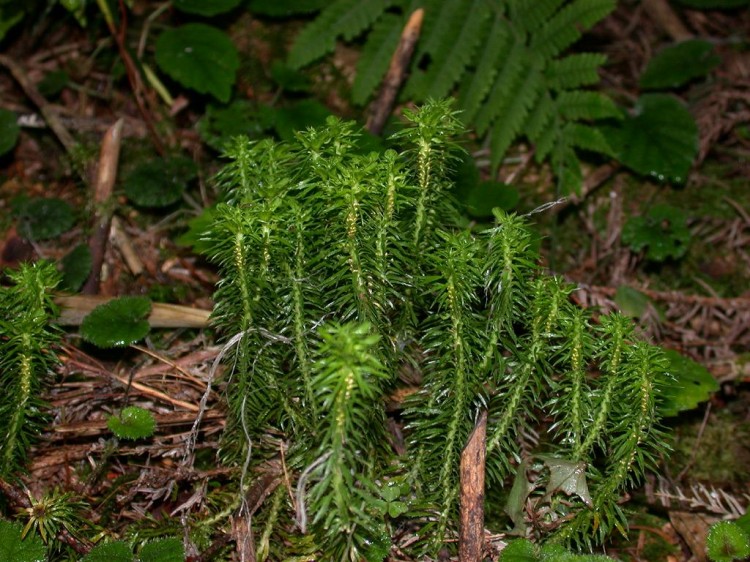An enzyme inhibitor found in a species of moss used in Traditional Chinese Medicine has been synthesized efficiently in the lab, and could be used to treat Alzheimer’s disease as well as block the effects of certain chemical warfare agents.
Known as huperzine A, the alkaloid occurs naturally in a club moss, Huperzia serrata, which has a long history in China for treating a number of conditions, including pain and inflammation.
“Being able to synthesize large amounts of huperzine A in the lab is crucial because the plant itself, which has been used in Chinese folk medicine for centuries, takes decades to grow and is nearing extinction due to overharvesting,” said chemist Seth Herzon at Yale University in a press release.
Research has shown that huperzine A aids learning and memory function by protecting the neurotransmitter acetylcholine, which is produced by the cholinergic system in the brain. Damage to this system may be associated with memory loss in Alzheimer’s disease.
The American scientists have developed an eight-step process to produce the enzyme inhibitor that provides a yield of up to 40 percent and is cost-effective.
“We believe huperzine A has the potential to treat a range of neurological disorders more effectively than the current options available,” Herzon said. “And we now have a route to huperzine A that rivals nature’s pathway.”
Other enzyme inhibitors are available on prescription in the United States to treat Alzheimer’s, but huperzine A binds better, and is more easily absorbed and retained by the body, according to Herzon.
As well as being used to treat neurodegenerative diseases, huperzine A can protect the brain against the deadly effects of some chemical warfare agents, such as sarin and VX.
“This route represents a critical, enabling advance toward detailed evaluation of huperzine A in clinical settings,” the researchers wrote in the study abstract.
The findings were published online in the journal Chemical Science on Aug. 25.







